Description
**Science and Technology** are two interconnected fields that significantly influence and shape modern society. Here’s an overview of each:
### 1. **Science:**
Science is the systematic study of the natural world through observation, experimentation, and analysis. It helps us understand the underlying principles of nature and the universe, advancing human knowledge in a variety of areas. Science is divided into several major branches:
– **Physics**: The study of matter, energy, and the fundamental forces of nature. It explains concepts like motion, energy, and the behavior of particles at various scales, from subatomic to cosmic.
– **Chemistry**: The study of the properties and reactions of matter, particularly the changes it undergoes during chemical reactions. It plays a crucial role in everything from medicine to environmental science.
– **Biology**: The study of living organisms, their structure, function, evolution, and interactions with their environment. It includes areas like genetics, ecology, and microbiology.
– **Earth Science**: The study of the Earth’s physical characteristics, including geology, meteorology, oceanography, and environmental science. It helps us understand natural phenomena like climate change and natural disasters.
– **Astronomy**: The study of celestial bodies such as stars, planets, and galaxies. It aims to understand the origins and the evolution of the universe.
### 2. **Technology:**
Technology refers to the practical application of scientific knowledge for solving problems, enhancing human life, and advancing society. It encompasses a wide range of innovations across different sectors:
– **Information Technology (IT)**: Encompasses computing, telecommunications, and the internet. It includes developments in software, hardware, and networking, allowing for advances in communication, data processing, and access to information.
– **Artificial Intelligence (AI)**: The field of computer science focused on creating systems capable of performing tasks that usually require human intelligence, such as learning, problem-solving, and speech recognition.
– **Robotics**: The design and development of machines (robots) that can carry out tasks autonomously or semi-autonomously. Robotics is increasingly used in industries like manufacturing, healthcare, and exploration.
– **Biotechnology**: The use of living organisms or their components to develop products or processes for medical, agricultural, or industrial purposes. It includes gene editing, drug development, and food production technologies.
– **Nanotechnology**: The manipulation of matter at an atomic or molecular scale, enabling the creation of materials and devices with unique properties. It is used in medicine, electronics, and materials science.
– **Energy Technology**: Innovations aimed at producing, storing, and using energy efficiently, such as renewable energy sources (solar, wind), energy storage systems (batteries), and advancements in power generation.
### **The Interplay Between Science and Technology:**
– **Scientific Discovery Drives Technological Innovation**: New scientific insights often lead to the creation of new technologies. For example, understanding the structure of DNA led to the development of genetic engineering and biotechnology.
– **Technology Facilitates Scientific Research**: Advances in technology enable scientists to perform experiments more efficiently, collect data more accurately, and simulate complex phenomena. For instance, powerful computers are essential for modeling climate change or understanding quantum physics.
### **Impact on Society:**
– **Healthcare**: Technology and science have revolutionized healthcare with advancements like vaccines, diagnostic tools, and treatments, improving life expectancy and quality of life.
– **Environment**: Technology helps address environmental challenges through cleaner energy, waste management, and conservation technologies. It also assists in climate research and monitoring.
– **Communication and Connectivity**: Innovations in communication technology (e.g., the internet, mobile devices) have transformed global connectivity, enabling the exchange of information and ideas at an unprecedented scale.
– **Education**: Technology is changing the way people learn, providing access to online resources, virtual classrooms, and tools for personalized learning.
– **Economy**: Science and technology drive economic growth by creating new industries, improving productivity, and increasing efficiency in various sectors.
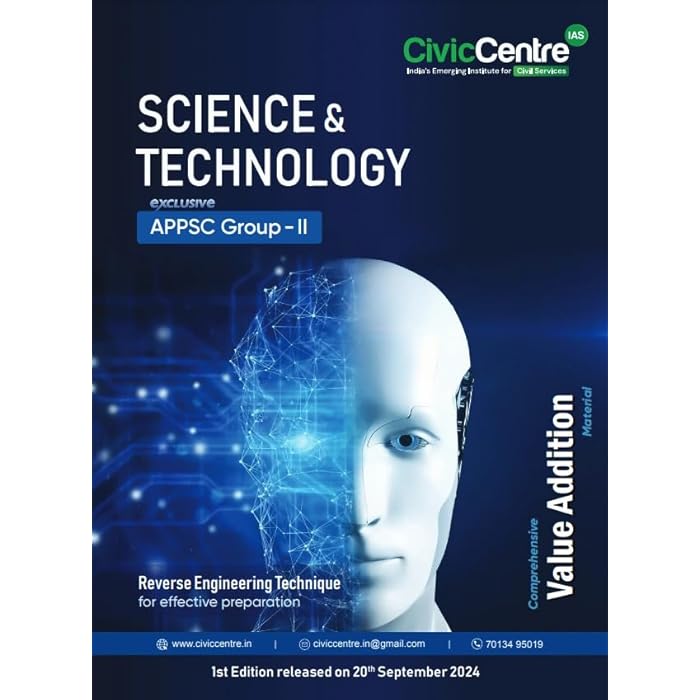
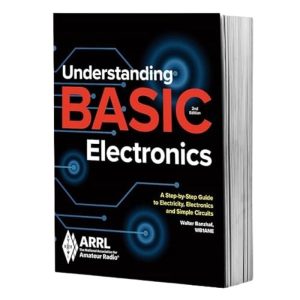

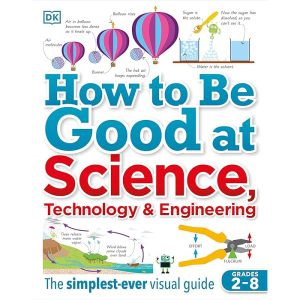



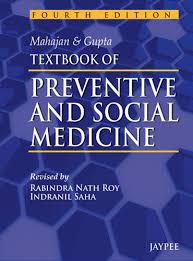

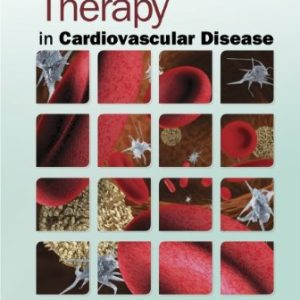
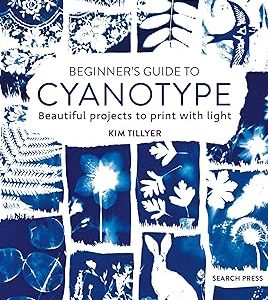
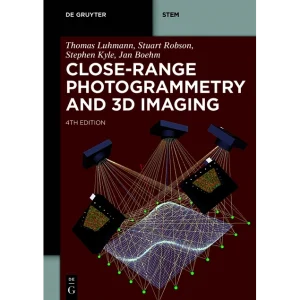
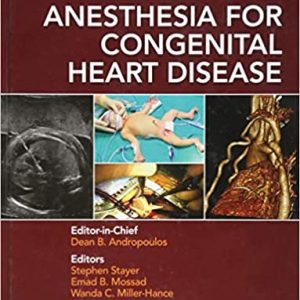
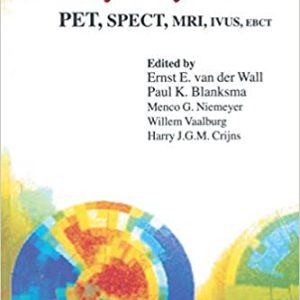


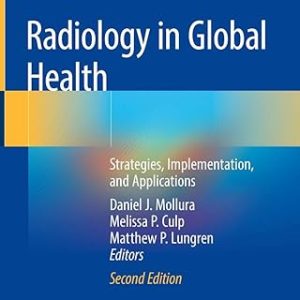








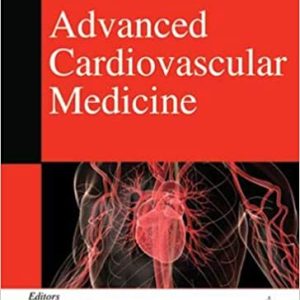

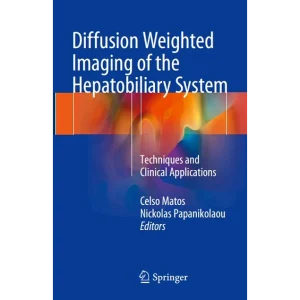


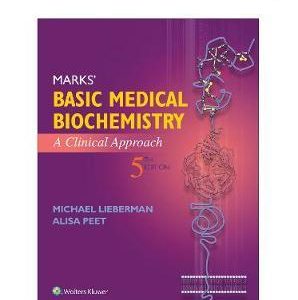
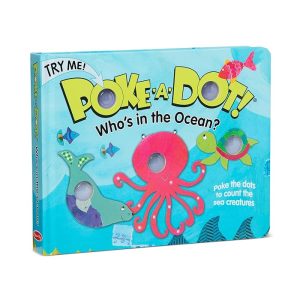
Reviews
There are no reviews yet.